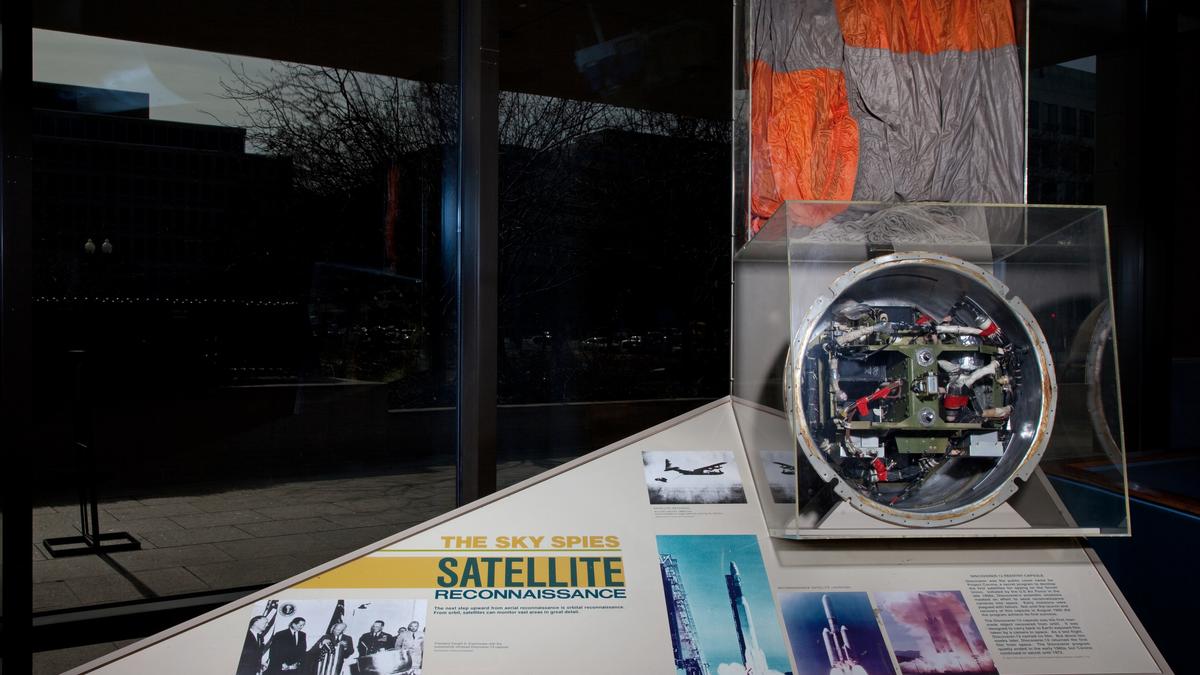The first human-made object recovered from space

1. Context & Background
- On August 11, 1960, Discoverer 13, an American Earth-orbiting satellite, became the first human-made object to be recovered from orbit.
- Launched from Vandenberg Air Force Base on August 10, 1960, by a Thor-Agena rocket.
- The mission tested reentry, deceleration, and recovery techniques in early Space Age conditions.
- Initially publicised as a scientific and engineering test, later declassified (in 1995) as part of the Corona reconnaissance programme during the Cold War.
2. Key Facts for Prelims
- Weight of recovery capsule: 120 lb (~54.4 kg), containing an American flag.
- Recovery location: Pacific Ocean, 610 km NNW of Honolulu, Hawaii.
- Recovery method: U.S. Navy Haiti Victory ship + helicopter + frogmen.
- First human-made object recovered from orbit: Discoverer 13’s capsule (Aug 11, 1960).
- Follow-up mission: Discoverer 14 (Aug 18, 1960) – carried cameras & film for espionage.
- Programme link: Discoverer series → Corona Programme (US photoreconnaissance satellites, 1959–1972).
- Declassification: 1995.
3. Significance (Mains)
a) Technological Significance
- Pioneered satellite recovery technology, influencing later spy satellites and sample-return missions.
- Validated heat-shield design, parachute deployment, retro-rocket deceleration, and capsule stability systems.
b) Strategic Significance
- Key Cold War intelligence tool: provided photographic data on Soviet & Chinese missile and bomber deployments.
- Allowed film-return reconnaissance before digital imaging existed.
- Enhanced U.S. military mapping & surveillance capabilities.
c) Geopolitical Significance
- Part of the U.S.–USSR space rivalry.
- Replaced risky U-2 spyplane overflights (e.g., 1960 U-2 incident with Gary Powers).
- Strengthened U.S. deterrence posture through strategic intelligence.
5. Critical Analysis
- Ethical Dimension: Discoverer programme presented as peaceful research, masking its real purpose (espionage) — raises debates on transparency in publicly funded science.
- Technological Leap: Recovery from orbit was a precursor to modern reusable spacecraft (e.g., SpaceX Dragon, ISRO’s planned space capsule recovery).
- Intelligence Legacy: Corona satellites shaped modern IMINT (Imagery Intelligence) frameworks.
6. Way Forward / Contemporary Relevance
- Recovery techniques from Discoverer 13 inform current sample-return missions (e.g., OSIRIS-REx, Chang’e 5).
- With growing space militarisation, lessons from Cold War-era reconnaissance may guide space governance norms.
- India's Gaganyaan human spaceflight and space capsule recovery experiments echo similar engineering challenges.
Updated : August 10, 2025 12:19 am IST , Source : The Hindu
Science & Technology – Space Technology Space Exploration History Satellite Recovery Technology Cold War & Space Race Corona Programme / Discoverer Programme Imagery Intelligence (IMINT) US–USSR Strategic Rivalry Military Applications of Space Thor-Agena Launch Vehicle Sample Return Missions (Precursors) Ethics in Science & Technology Geopolitics of Space